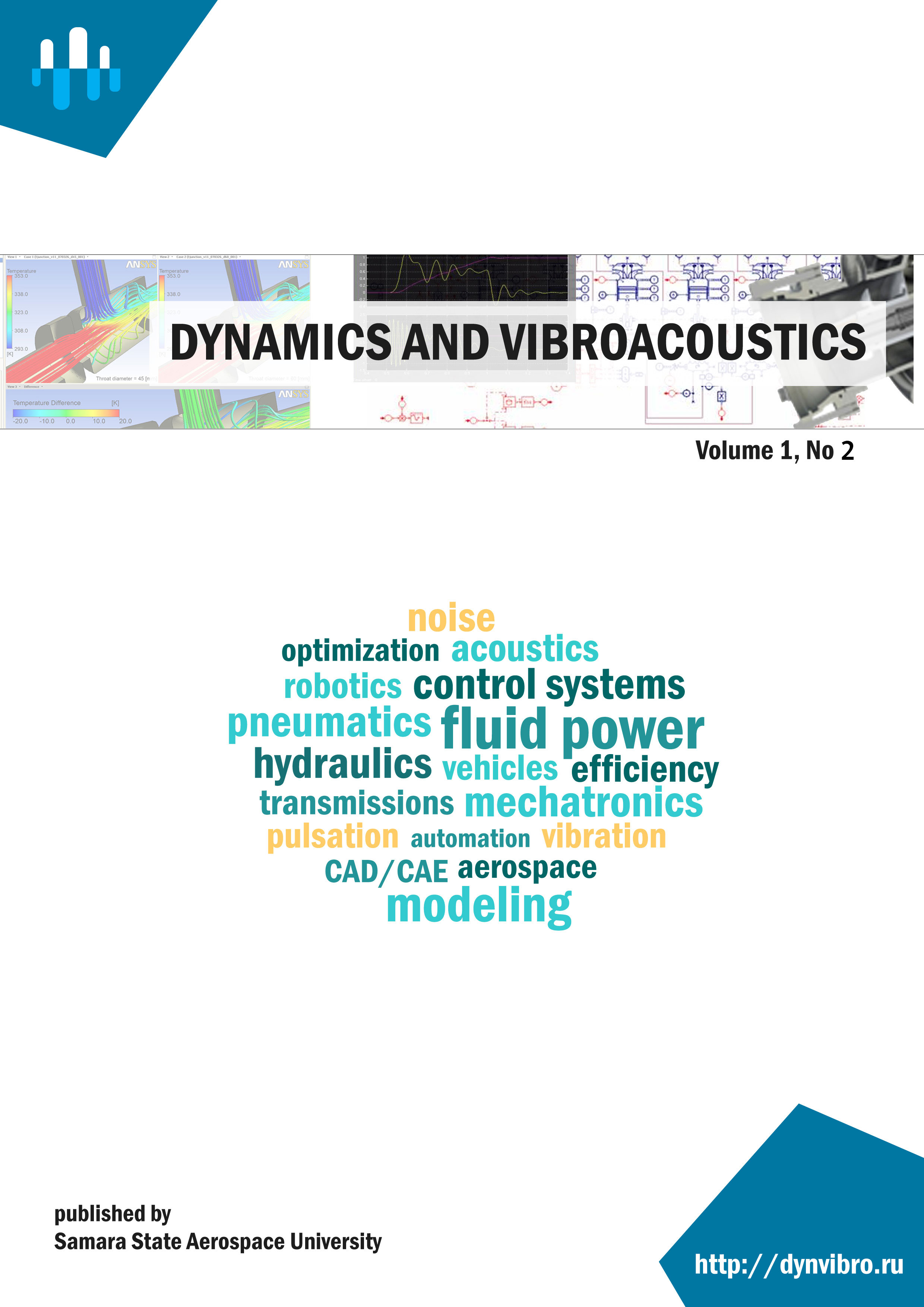Численное моделирование пульсаций давления в турбодетандере перспективной системы криостатирования
- Авторы: Клименко Д.В.1, Тимушев С.Ф.1, Фирсов В.П.1, Антюхов И.В.1
-
Учреждения:
- Московский авиационный институт (национальный исследовательский университет)
- Выпуск: Том 1, № 2 (2014)
- Страницы: 50-55
- Раздел: Статьи
- Дата публикации: 10.11.2014
- URL: https://dynvibro.ru/dynvibro/article/view/2440
- DOI: https://doi.org/10.18287/2409-4579-2014-1-2-50-55
- ID: 2440
Цитировать
Полный текст
Аннотация
В работе проведено численное моделирование нестационарных газодинамических процессов в проточной части турбодетандера - радиальной турбины, применяемой в системе криостатирования. Геометрия расчётной области разработана с тем, чтобы учесть основные особенности течения рабочего тела в проточной полости, включая геометрию четырнадцати рабочих лопаток и восьми лопаток соплового аппарата. Расчётная область разбита на три подобласти: корпус соплового аппарата, область ротора, выхлопная часть. Задача решается с применением так называемых скользящих поверхностей, которые служат для передачи данных из зоны ротора, где расчёт ведётся во вращающейся системе координат, в зону статора, с учётом углового смещения подобластей и межсеточной интерполяции. Шаг расчёта по времени выбирается из условия обеспечения углового смещения за один шаг в пределах одной ячейки расчётной сетки. В результате расчётов были получены мгновенные поля скоростей, распределения давления, температуры и числа Маха. Для определения пульсаций давления выбраны точки в зоне косого среза лопаток соплового аппарата. Проведён спектральный анализ полученных данных, который показал, что тональная компонента с частотой следования рабочих лопаток доминирует в спектрах пульсаций давления, а ее амплитуда составляет свыше 7000 Па. Расчёт нагрузки на лопатку соплового аппарата дает амплитуды силы 2 Н и амплитуду момента 0.03 Н м.
Об авторах
Д. В. Клименко
Московский авиационный институт(национальный исследовательский университет)
Email: irico.harmony@gmail.com
Россия
С. Ф. Тимушев
Московский авиационный институт(национальный исследовательский университет)
Email: irico.harmony@gmail.com
Россия
В. П. Фирсов
Московский авиационный институт(национальный исследовательский университет)
Email: irico.harmony@gmail.com
Россия
И. В. Антюхов
Московский авиационный институт(национальный исследовательский университет)
Автор, ответственный за переписку.
Email: irico.harmony@gmail.com
Россия
Список литературы
- Техника низких температур , М.: Энергия, 1975.
- Епифанова В.И. Низкотемпературные радиальные турбодетандеры. М.: Машиностроение, 1974.
- Fredrik Hellström Numerical computations of the unsteady flow in a radial turbineMarch 2008 Tech-nical Reports from Royal Institute of Technology KTH Mechanics SE-100 44 Stockholm, Sweden.
- Software package for gas and fluid flow simula-tion FlowVision. Version 2.5.0. Manual CAPVIDIA, 1999-2007 Leuven, Belgium.
- Wilcox, D. C., (1994) “Turbulence modeling for CFD” // DCW Industries, Inc. 460 p.
Дополнительные файлы






